The Phenomenon of Pitch Drift in Timpani Due to Temperature Variations
Timpani, the majestic orchestral drums known for their resonant and tunable pitches, are surprisingly sensitive to environmental conditions. Among the various factors affecting their performance, temperature fluctuations stand out as a critical yet often overlooked element. Musicians and technicians have long observed that timpani pitches tend to drift when exposed to changing temperatures, a phenomenon that can disrupt rehearsals and live performances alike. This article delves into the science behind this drift, its practical implications, and potential mitigation strategies.
The Science Behind the Drift
At the heart of the matter lies the physical properties of the timpani head, typically made of animal skin or synthetic materials like Mylar. These materials expand or contract in response to temperature changes, altering the tension across the drumhead. Since pitch is directly related to the tension and diameter of the head, even minor thermal variations can cause noticeable shifts in tuning. For instance, a rise in temperature causes the head to expand, reducing tension and resulting in a lower pitch. Conversely, cooler temperatures tighten the head, sharpening the pitch.
Beyond the drumhead, the metal bowl of the timpani also plays a role. Most timpani bowls are constructed from copper or aluminum, metals known for their thermal conductivity. When the bowl expands or contracts due to temperature changes, it subtly alters the shape and volume of the resonating chamber, further influencing the instrument's pitch. This dual effect—head tension and bowl expansion—creates a compound challenge for performers seeking stable tuning.
Real-World Challenges for Performers
In live performance settings, temperature-induced pitch drift can be a significant hurdle. Orchestras often rehearse in climate-controlled environments, only to perform in venues with varying thermal conditions. A concert hall warmed by stage lights and audience body heat may cause timpani to drift flat over the course of an evening. Outdoor performances are even more unpredictable, with factors like sunlight, wind, and humidity compounding the issue.
Timpanists must develop a keen ear and quick reflexes to compensate for these changes. Some rely on frequent retuning between movements, while others adjust pedal positions mid-performance—a risky maneuver that demands impeccable timing. The problem is exacerbated in modern repertoire, where timpani are often required to play rapid pitch changes or microtonal passages, leaving little room for error.
Material Innovations and Mitigation Techniques
Instrument manufacturers have explored various solutions to minimize temperature-related pitch instability. Synthetic heads, particularly those made from advanced polymer blends, generally exhibit less thermal expansion than traditional calfskin. However, many professional timpanists still prefer calfskin for its superior tonal qualities, despite its thermal sensitivity.
Some orchestras employ passive stabilization methods, such as keeping timpani in their performance environment for several hours before a concert to allow gradual thermal acclimation. More high-tech approaches include localized climate control systems built into timpani cases or stands, though these solutions remain uncommon due to cost and practicality constraints.
The Acoustic Paradox of Thermal Tuning
Interestingly, some historical performance practices actually leveraged temperature sensitivity to artistic advantage. Before the invention of mechanical tuning pedals in the 19th century, timpanists would sometimes warm the drumheads with their hands to subtly alter pitch during performances. This technique, while imprecise by modern standards, demonstrates how musicians have long been aware of and adapted to the thermal properties of their instruments.
Contemporary composers have occasionally incorporated temperature effects into their works. For instance, some experimental pieces call for timpani to be played under stage lights specifically to induce gradual pitch changes as part of the composition's structural evolution. Such intentional applications transform what is typically viewed as a liability into a unique musical resource.
Future Directions in Timpani Design
Looking ahead, material science may hold the key to more thermally stable timpani. Researchers are investigating nanocomposite materials that could provide the acoustic properties of traditional materials while resisting thermal expansion. Another promising avenue involves smart materials capable of automatically adjusting tension in response to temperature changes, potentially eliminating pitch drift altogether.
Until such innovations become practical, timpanists will continue to rely on their skills and experience to manage this perennial challenge. The relationship between temperature and pitch remains a fascinating intersection of physics and musical artistry—one that underscores the timpani's unique position as both a scientific instrument and a musical one.
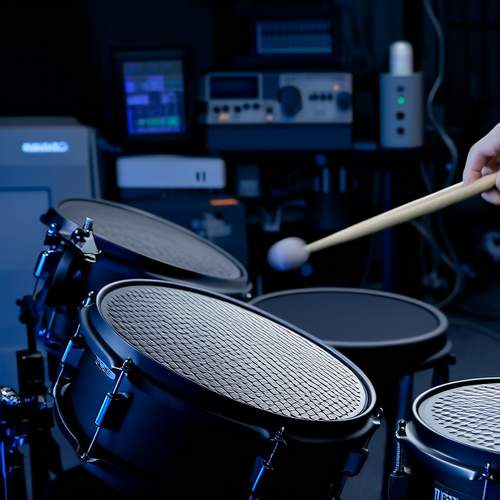
By /May 30, 2025
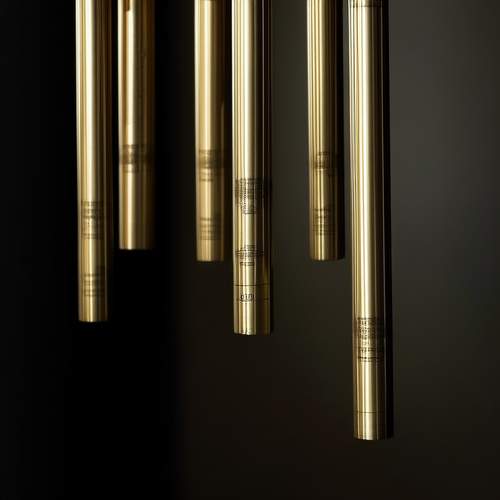
By /May 30, 2025
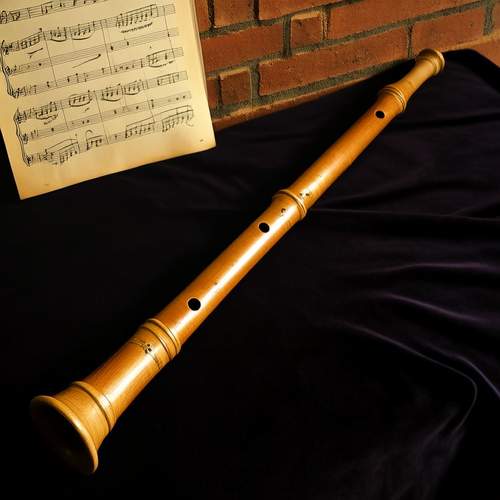
By /May 30, 2025

By /May 30, 2025

By /May 30, 2025

By /May 30, 2025

By /May 30, 2025

By /May 30, 2025
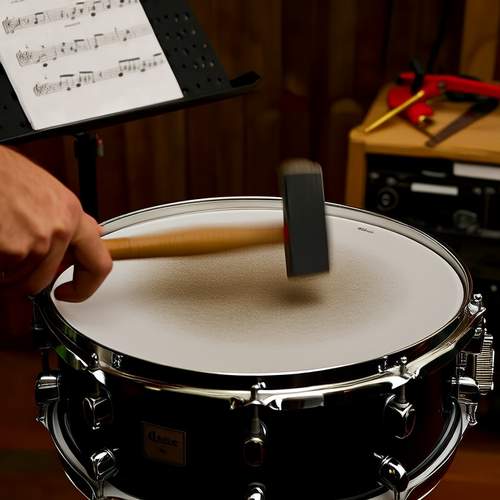
By /May 30, 2025
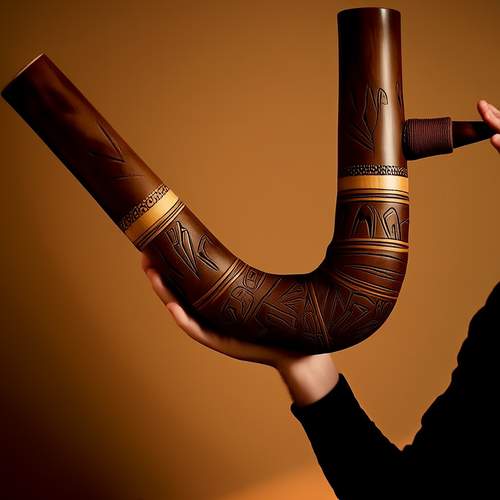
By /May 30, 2025

By /May 30, 2025

By /May 30, 2025

By /May 30, 2025

By /May 30, 2025
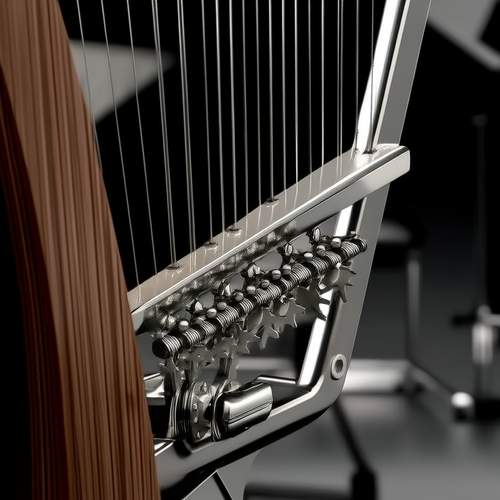
By /May 30, 2025

By /May 30, 2025

By /May 30, 2025

By /May 30, 2025
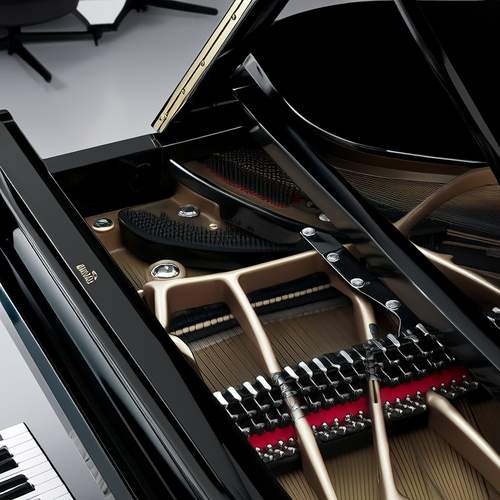
By /May 30, 2025
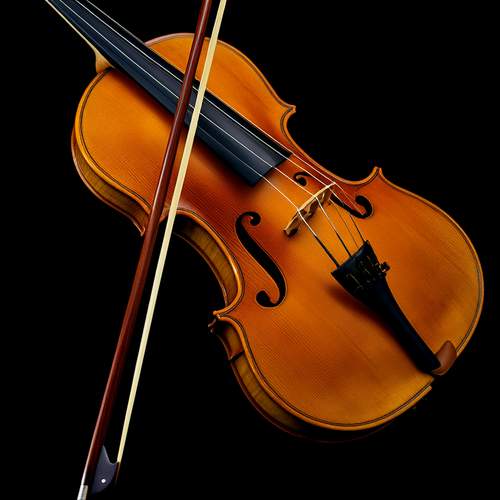
By /May 30, 2025